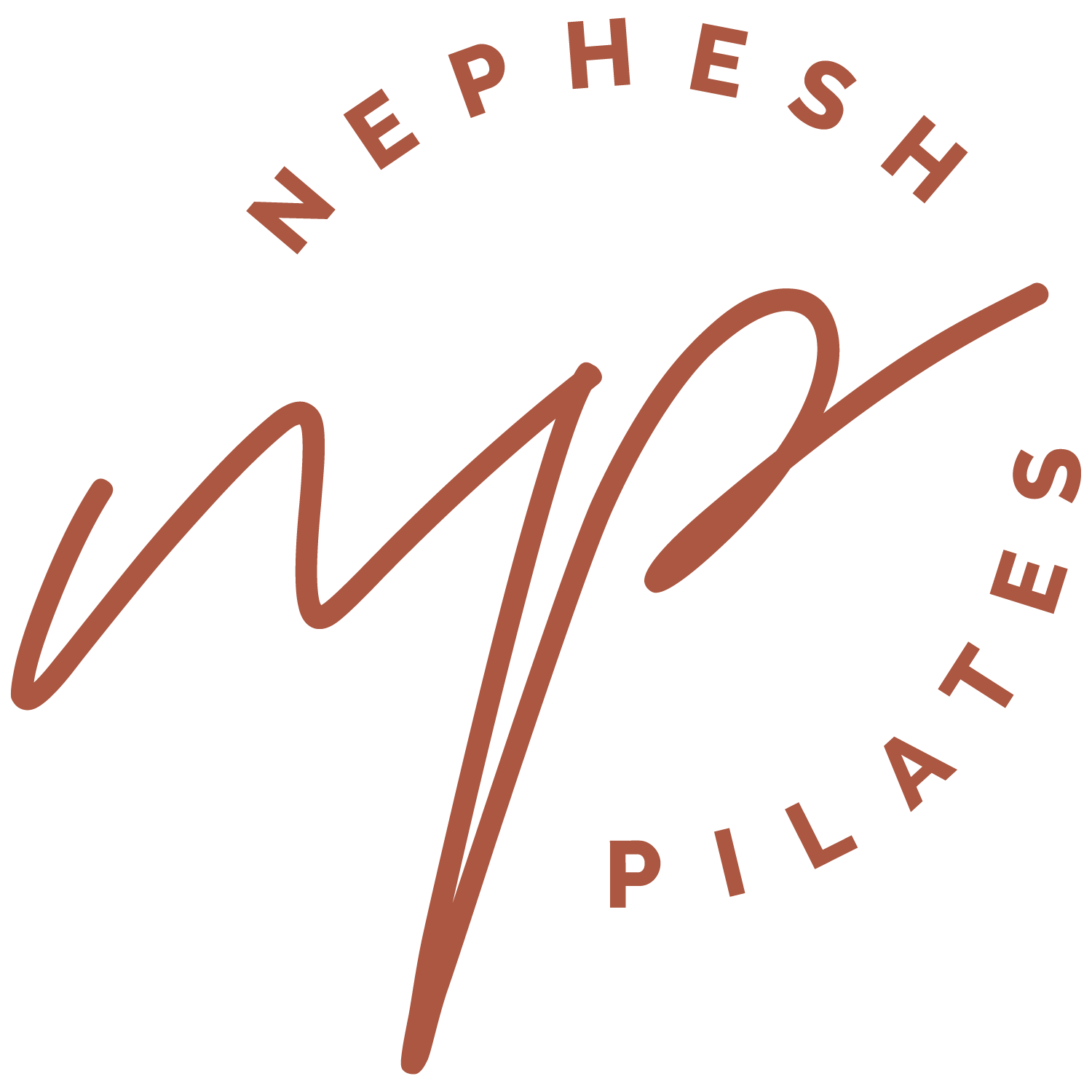Finding the Flow: How Eliminating Pauses Can Transform Your Pilates Practice
In Pilates, every movement is intentional.
From the moment we step onto the reformer, we have an opportunity to challenge our bodies, refine our technique, and stay fully engaged in our workout. But often, without even realizing it, we break that connection.
We pause.
We stop to fix a shirt. Adjust a strap. Take a sip of water. Reposition ourselves before moving into the next exercise. These small moments seem harmless, but over time, they interrupt the rhythm of our workout and make it easier than it was designed to be.
One of the simplest ways to deepen your Pilates practice isn’t about adding more resistance or progressing to harder exercises—it’s about eliminating unnecessary pauses and embracing flow.
The Power of Flow in Movement
Flow is one of the core principles of Pilates, and it’s there for a reason. When we move with control from one exercise to the next, we:
Stay more connected to our center. Pauses break the chain of engagement, but continuous movement helps us maintain it.
Build endurance and strength. Removing breaks means we’re asking our muscles to work harder for longer.
Move more efficiently. Instead of constantly resetting, we develop smoother, more intentional transitions.
Improve focus. When we eliminate distractions, our mind stays in the movement, rather than wandering to what’s next.
The Science Behind Flow and Movement
Flow in movement isn’t just a Pilates principle—it’s backed by science. Studies on motor learning and neuromuscular efficiency show that uninterrupted movement helps the brain and body communicate more effectively.
Muscle Memory & Coordination: The nervous system learns movement patterns best when they are practiced in a continuous, uninterrupted manner. The more seamlessly we transition from one movement to the next, the more automatic and efficient those patterns become.
Endurance & Cardiovascular Benefits: Keeping the body in motion increases heart rate and circulation, leading to better stamina and cardiovascular health over time.
Cognitive Engagement: Eliminating unnecessary pauses forces the brain to stay engaged, improving focus and sharpening reaction time. This is why many athletes, dancers, and martial artists train transitions just as much as individual movements.
Why Do We Pause?
During a recent teacher workout with my mentor, we explored the idea of eliminating unnecessary pauses. I realized just how often I stop—grabbing a sip of water, adjusting my sweatshirt, shifting on the box, or taking a moment between reps.
At first, these pauses felt necessary. But when I intentionally removed them, my workout completely changed. I had to plan ahead for each transition. My movement became more precise. I stayed in my center more effectively. And honestly? It was a much more challenging workout.
The Pauses You Do Need
This doesn’t mean you should never take breaks—Pilates has natural pauses built into the workout. Moments like:
Adjusting the gear between the Long Stretch Series and Stomach Massage.
Placing the box for Backstroke.
Setting up for the next section of the order.
These built-in transitions allow us to reset without disrupting the flow of movement. The key is recognizing where extra, unnecessary pauses sneak in and learning to move through them.
How to Build Flow in Your Practice
If you want to refine your Pilates practice by eliminating unnecessary pauses, try these small but effective strategies:
1. Think Ahead
Before you finish an exercise, consider where you need to be next. This helps you transition smoothly instead of stopping to figure out what comes next.
2. Minimize Distractions
Wear fitted, comfortable clothing that won’t require constant adjusting. Keep water nearby but challenge yourself to wait for natural pauses to take a sip.
3. Use Breath as a Guide
Your breath can help carry you through transitions. Instead of stopping between exercises, use a deep exhale to move into the next one.
4. Embrace the Challenge
If it feels harder to move without pauses, that’s a good sign. It means you’re working more efficiently and keeping your muscles engaged longer.
5. Work Up to It
If you’re new to Pilates, don’t worry about eliminating every pause right away. Start by focusing on one section of your workout where you can move more continuously, and build from there.
Flow Creates Transformation
Pilates isn’t about rushing—it’s about moving with intention. When we embrace flow, we unlock new strength, control, and connection to our practice.
So next time you step onto the reformer, notice where you pause. Ask yourself: Do I really need this break, or am I just making things easier for myself?
You might be surprised at how much more powerful your workout—and your body—becomes when you simply keep moving.

